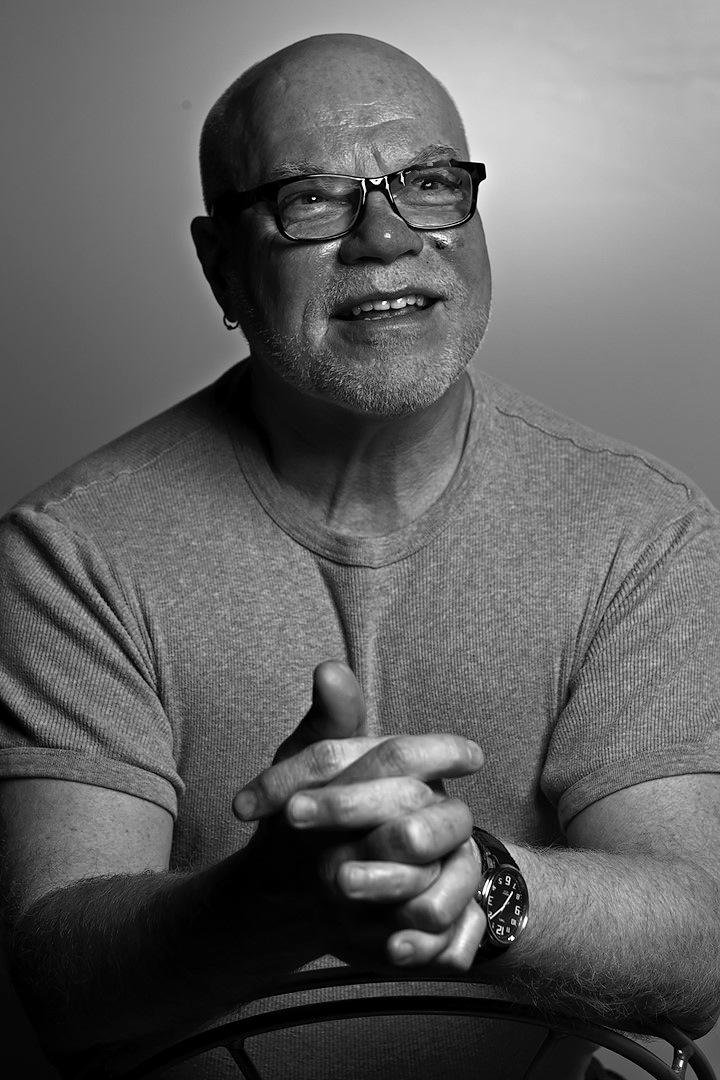A student of death
I had the conversation with my friend.
Although I’ve been working in this field for 30 years, I should probably say from the onset that this is not something I chose to do. It was more like this work chose me. Let me explain.
I finished my doctorate in 1981. That same year a mysterious thing began to happen. Gay men all across the country began to sicken and die from an unknown disease. Was this a diabolic plot of some kind? Perhaps it was divine retribution. Or was this simply a very serious medical emergency? The AIDS crisis had begun in earnest.
Because of my background in religion and psychology, friends turned to me for guidance. I’m afraid that I had nothing to offer them. Nothing, in all my years of schooling, had prepared me for what was happening to the people I loved. I was petrified. All my greatest fears were being realized. What did it all mean? It was a desperate time and I was powerless. I could do nothing but sit and watch the nightmare unfold.
As it turned out, sitting and watching was the best thing I could have done, because as fate would have it, this time I was to be the student, not the teacher. In time, I became less anxious. The monstrous thing I feared for so long was being transformed. I was able to sit with death and not be afraid. Death was no longer the enemy, she had become what St. Francis called her, ‘sister death.’
Years of going from one death scene to another with hardly a break in between was exhausting but also rewarding. I began to see patterns develop. Despite the uniqueness of each death, I noticed there were two things all these deaths had in common. They were difficult and lonely affairs.
Difficult because in this culture we have a hard time recognizing when things are over, especially the things we enjoy – summer vacation, relationships, our youth and even life itself. This is a problem because being unable to acknowledge the end of something makes saying goodbye and thank you impossible.
And they were lonely affairs, because the wisdom people come to during the dying process often died with them. There simply wasn’t a medium for collecting this abundant wisdom and thus it was frequently lost.
Each person faced his/her mortality in a vacuum of information and support. It was as if each person had to learn to die from scratch, as if no one had died before them.
I figured there had to be a better way to deal with this fundamental fact of life. That’s why I’m here. I want to take a fresh look at my mortality, and do so in an interactive and positive way. I want to celebrate my belief that living well and dying well are one and the same thing. I’m not talking about adjusting deathbed pillows so that the dying people can strike heroic poses for the edification of onlookers. I’m talking about achieving a good death in the context of real dying – with all its unpredictability, disfigurement, pain, and sorrow.

